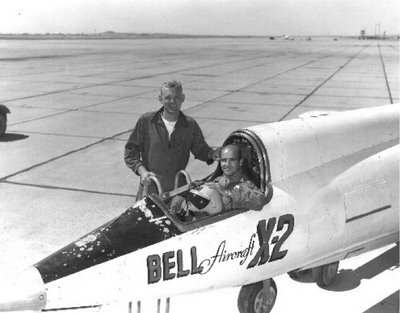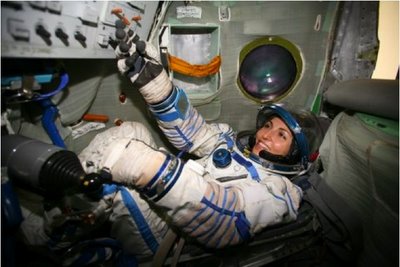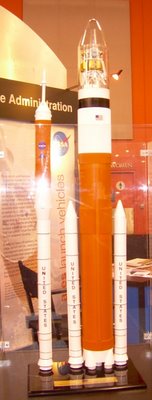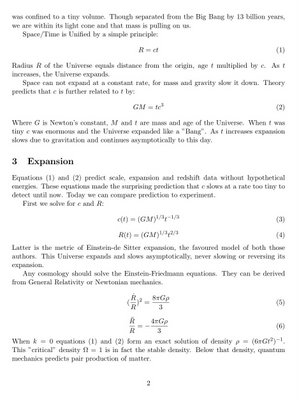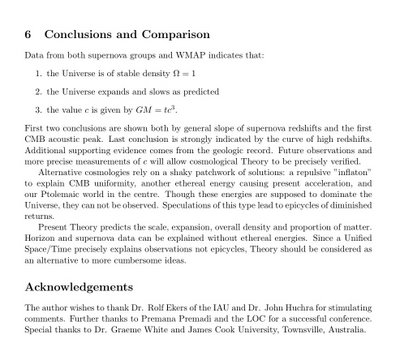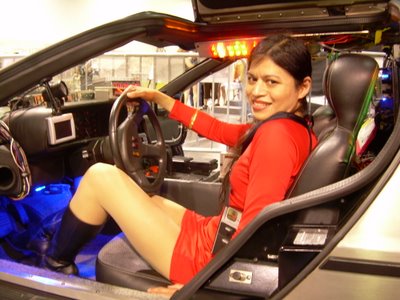 Mahndisa's Thoughts
Mahndisa's Thoughts are most valuable. Over the weekend she posed some very thoughtful questions. I hope to answer them adequately. Mahndisa, you are welcome to ask more. Hopefully this can answer Q9's question too.
1) When you speak of 2 objects separated by a distance in spacetime, from what frame are you taking the measurements; the observer frame, the frame of the moving object, or what?
Separation ds between two objects is an invariant as in Special Relativity, regardless of where it is measured from.
2) Are the objects moving with respect to one another as the most general case of your equations?
That separation ds is also invariant if they are moving with respect to one another.
3) Are calculations in the non inertial reference frames a feature of your theory, or are you performing calculations in the weak gravity limit only?
Someone should have asked this of Albert, because Special Relativity makes no allowance for gravity. SR can be modified to account for gravity, which will lead to a c change.
4) When you invoke a changing c, how is the expression modified in non inertial frames?
Change in c results directly from a non inertial frame with gravity included.
5) What is the mechanism for the change in c?
This results from unifying the local conditions of Special Relativity (which do not account for gravity) with the large-scale Universe of General Relativity. In SR, the interval ds is given by:



6) Are you assuming that the large scale structure of the Universe is Euclidean, given the expression R = ct?
No, it only appears Euclidean on the local scale. In the large scale it is spherical of radius R = ct.
7) Given this information, how have you applied the Minkowski metric to your derivations of distance and your distinctions between timelike, lightlike and spacelike separations?
As should be seen above, this curved metric with changing c reduces to the Minkowski metric. The math links SR and GR.
8) I also thought that you assumed a spherically symnetric spacetime in your model.
Correct. R = ct applies to the distance from the Big Bang singularity. On the local scale, distances can be considered as little r = ct. On the large scale, those distances are geodesics. For instance, the distance light has travelled since the Big Bang is (3/2)ct.
9) Do you think that your equations are scale invariant?
Not quite, because all this predicts that the Universe has a limited size. For example, the
power spectrum of the CMB is not scale invariant, something the WMAP team blithely ignores.
10) Are your equations diffeomorphism invariant?
Yes, they are the same under all coordinate systems. This math should show that they are also Lorentz invariant.
I wish to expand upon question 5, to answer both Mahndisa and Quasar. As Einstein figured out in 1917, mass of the Universe will cause light to follow circular paths, like satellite orbits. Every photon that we see today appears to have the same velocity, because they are orbiting at the same Space/Time distance from the Big Bang origin. When the Universe expands, that distance increases. Like a satellite shifting to a higher orbit, velocity goes down.
Gebar, you are right about the equations of the Lorentz transformation. They are the equations of a sphere!
